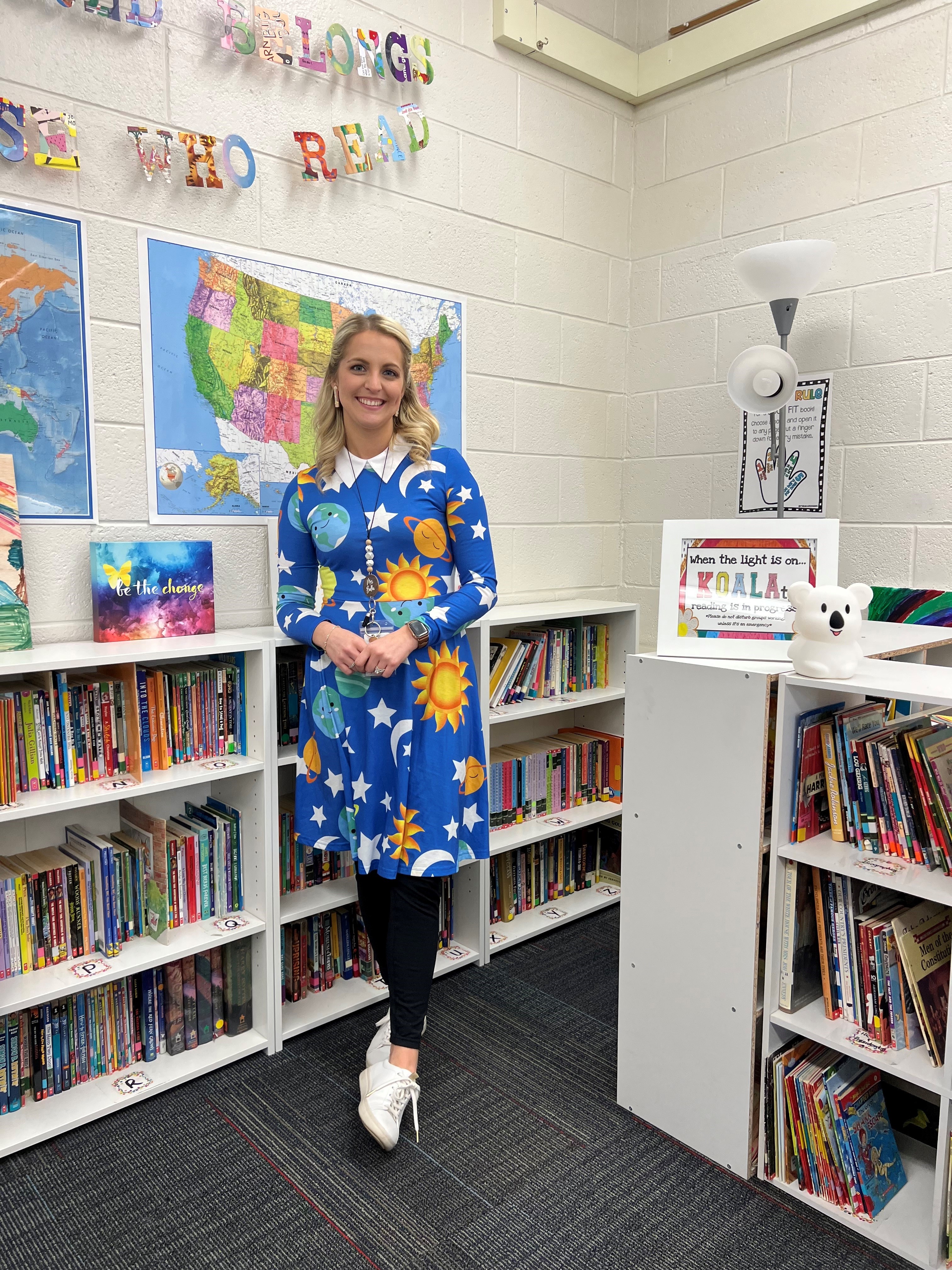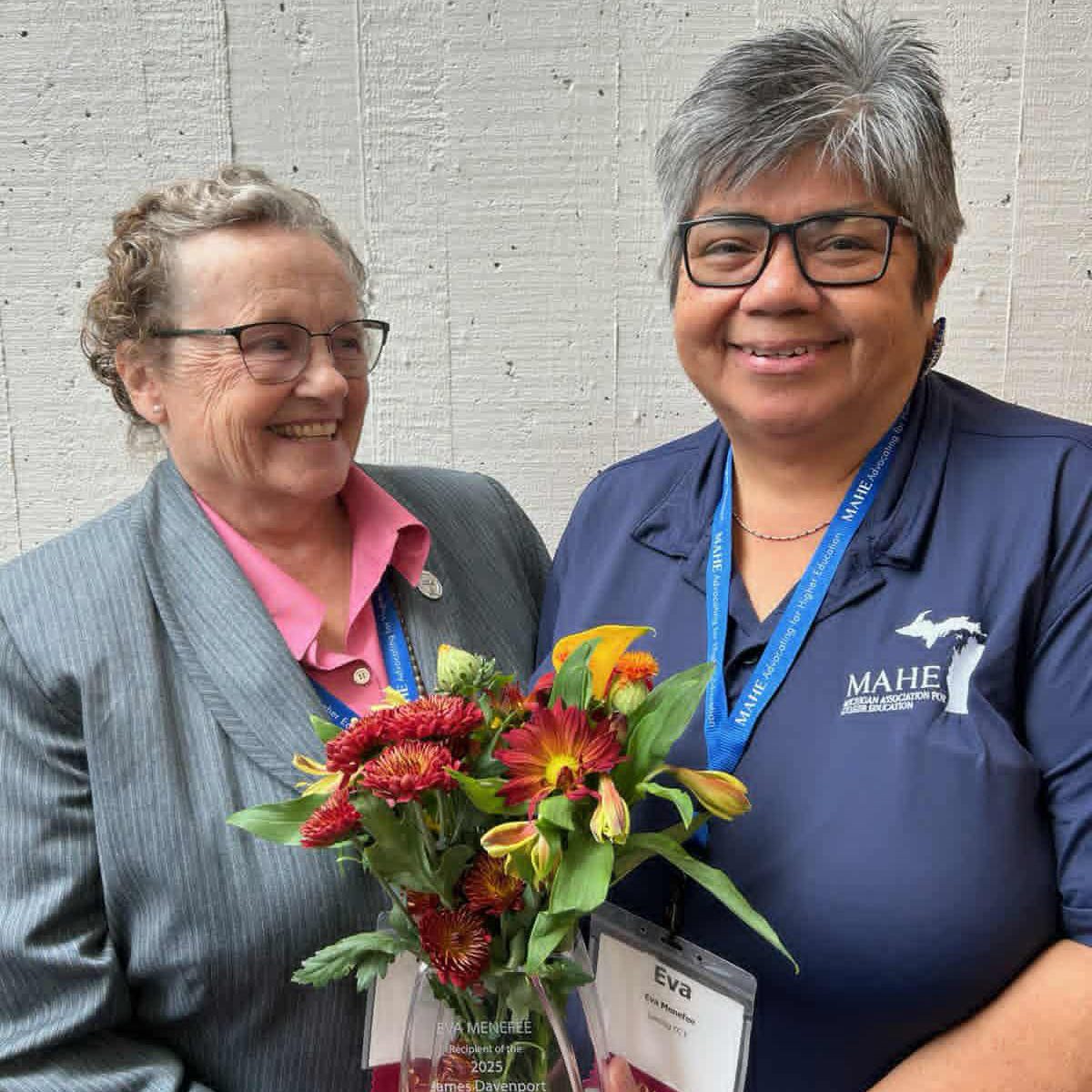Midland Public Schools invests COVID-19 School Rescue Funds in classroom libraries

In the heart of Michigan’s landscape, a recent decision has sparked a narrative of prioritizing literacy in our schools. To support their literacy vision statement and new reading curriculum, Midland Public Schools allocated over $500,000 in federal ESSER III (Elementary and Secondary School Emergency Relief) funds, part of the American Rescue Plan, to build classroom libraries for their students.
The district had been working to improve classroom libraries for several years and the addition of ESSER III funds helped accelerate the process.
“Recognizing the importance of classroom libraries, teachers often spend their own money to build their classroom libraries,” explained Patricia Clancy, Midland Public Schools literacy coach and an MEA member. “They often search garage sales and use commercial book clubs to purchase books at low cost, but still end up spending hundreds of dollars.”
“The ESSER funds allowed Midland Public Schools to provide high-quality books to build classroom libraries at no cost to teachers,” Clancy added.
Midland’s investment of over a half million-dollars has allowed the purchase of picture books, high-quality trade books, book club sets, and decodable readers to support reading and writing instruction for K-5 classroom libraries. Books have also been specifically selected for kindergarten and first grade classrooms to send home for at-home reading. All books were selected purposefully to represent diverse ethnicities, races, economic situations and family structures.
Michigan schools received $5.62 billion overall in COVID-19 School Rescue Funds in response to the challenges posed by the pandemic, with the largest disbursement delivered via President Biden’s American Rescue Plan and ESSER III. One priority of President Biden’s COVID-19 School Rescue Funds was to address any academic impact of lost instructional time due to the pandemic, with literacy at the forefront.
Research shows that quality classroom libraries improve the interest students have in both reading and literacy skills.
“A robust and diverse classroom library is essential if students are to develop the motivation and engagement necessary to become lifelong readers and writers,” Clancy said. “Large and diverse classroom libraries allow students to choose the books they both want to read and can read. When students read books written by and about people just like them, the idea of becoming a reader and writer becomes a realistic goal.”
“Teaching all students to become readers and writers is a complex task,” Clancy added. “By investing in quality classroom libraries, we are giving teachers the tools they need to help each child become literate.”



